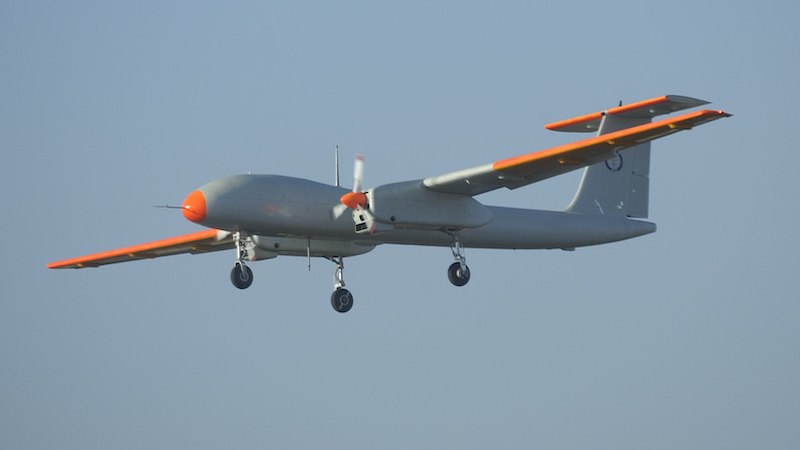
The Indian Air Force (IAF) has put forward a proposal to the government to acquire 10 TAPAS drones. These drones are developed indigenously in India. According to defence officials, the plan is for the IAF to receive six of these drones, while the remaining four will be allocated to the Indian Navy. This move by the IAF represents a significant effort to bolster India’s indigenous capabilities when it comes to unmanned aerial vehicles for surveillance purposes.
By acquiring these TAPAS drones, the armed forces are showing their commitment to utilizing domestic defence technology to fulfil their operational requirements.
The armed forces’ decision to purchase TAPAS drones, even with some performance limitations, reflects commendable vision and a strong sense of duty. The IAF will take the lead in bringing in and acquiring TAPAS drones for the defence forces. The Defence Ministry is expected to review this plan soon. But, right now, only the IAF and the Indian Navy are planning to buy these drones.
Indigenously Developed Drones
Classified as medium-altitude long-endurance (MALE) drones, the TAPAS drones have been indigenously developed by the Defence Research and Development Organisation (DRDO). They will be manufactured by a group of companies, including Bharat Electronics Limited (BEL) and Hindustan Aeronautics Limited (HAL).
The Tactical Airborne Platform for Aerial Surveillance Beyond Horizon-201 (TAPAS BH-201), previously called Rustom-II, is being developed to fulfil surveillance needs similar to those of the General Atomics MQ-1 Predator. The IAF currently uses Israeli-made drones, including the Searcher, Heron Mark-1 and Mark-2 models. It also plans to add American Predator MQ-9B drones as part of a joint purchase with the other military branches.
Adding six homegrown TAPAS drones will enhance unmanned surveillance on both the northern and western borders. The IAF strongly supports the ‘Make in India’ initiative in defence, having ordered—or planning to order—180 LCA Mark 1A jets and 156 LCH attack helicopters worth around ₹1.6 lakh crore.
The Indian Navy plans to use the TAPAS drones for maritime surveillance. These drones are expected to be delivered quickly, with the first one ready for deployment within 24 months of contract signing. DRDO is still working on the TAPAS project to improve its performance.
TAPAS Drones Face Challenges
‘Tapas’, which means ‘heat’ in Hindi, represents the drone’s ability to tackle enemy threats. The Aeronautical Development Establishment (ADE) laboratory in Chitradurga, near Bengaluru, has performed over 200 tests on the TAPAS drone. The 200th test was observed by a combined team from the army, air force and navy.
The initial deadline for the DRDO’s TAPAS project was August 2016. However, various problems led to delays. The drone’s weight rose to a heavy 2,850 kg instead of the planned 1,800 kg and there were issues with the imported engine and payload. These challenges caused multiple delays and increased the project’s cost to ₹1,786 crore.
The TAPAS drones have faced challenges in meeting the Joint Services Qualitative Requirements, which specify that a MALE drone should fly continuously at 30,000 feet for over 24 hours. In tests, however, the TAPAS drones managed to reach an altitude of 28,000 feet and sustain flight for over 18 hours.
Enhancing TAPAS Drone Capabilities
The current efforts to improve and develop the TAPAS drones aim to fix performance issues and meet the tough standards needed for modern warfare. Working together, DRDO, BEL and HAL are key players in making this happen.
Despite the hurdles, the recent orders mark an important achievement for the TAPAS programme. These orders offer practical experience and help boost India’s knowledge in creating homegrown drones. The progress of the TAPAS programme will be monitored carefully because it may lead to future improvements in drone technology in India.
